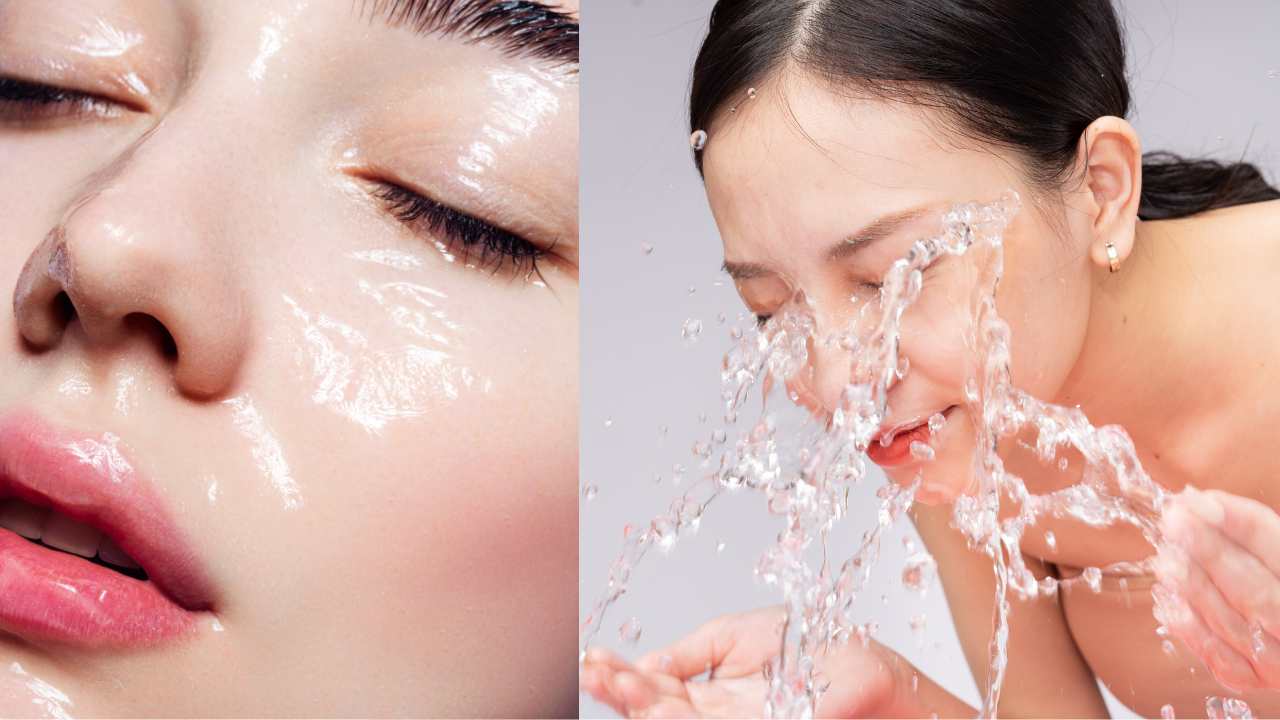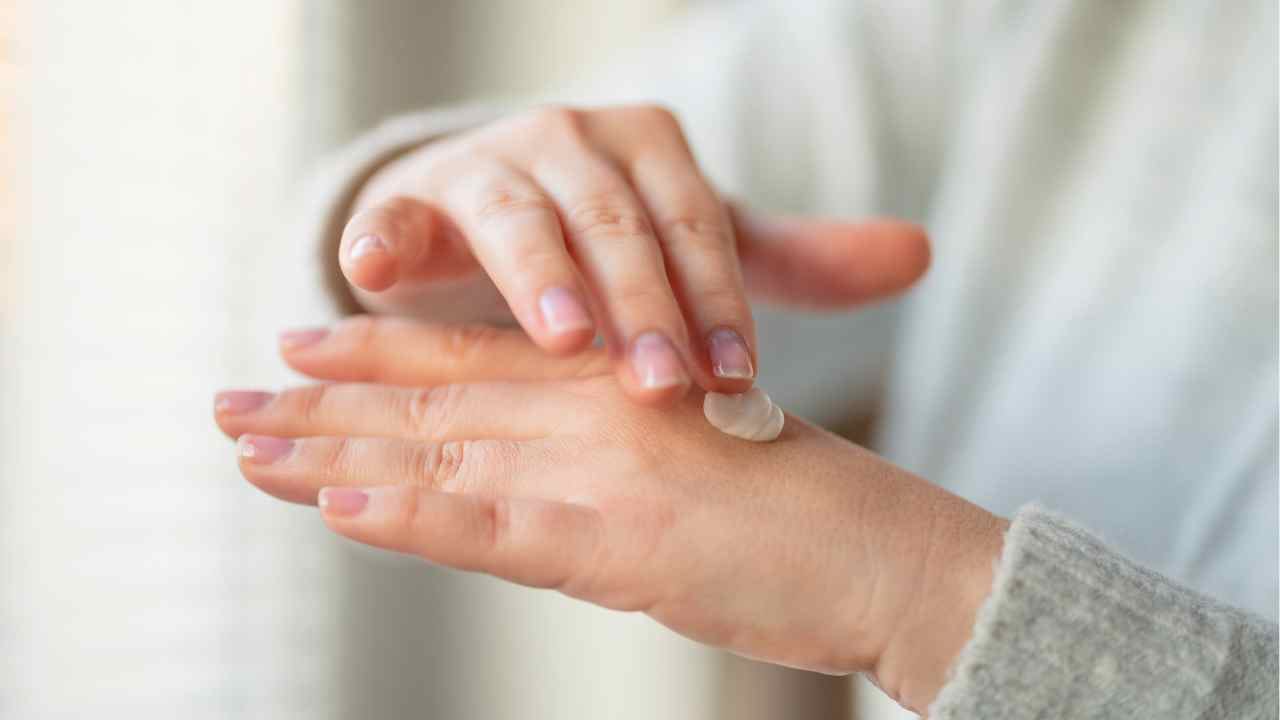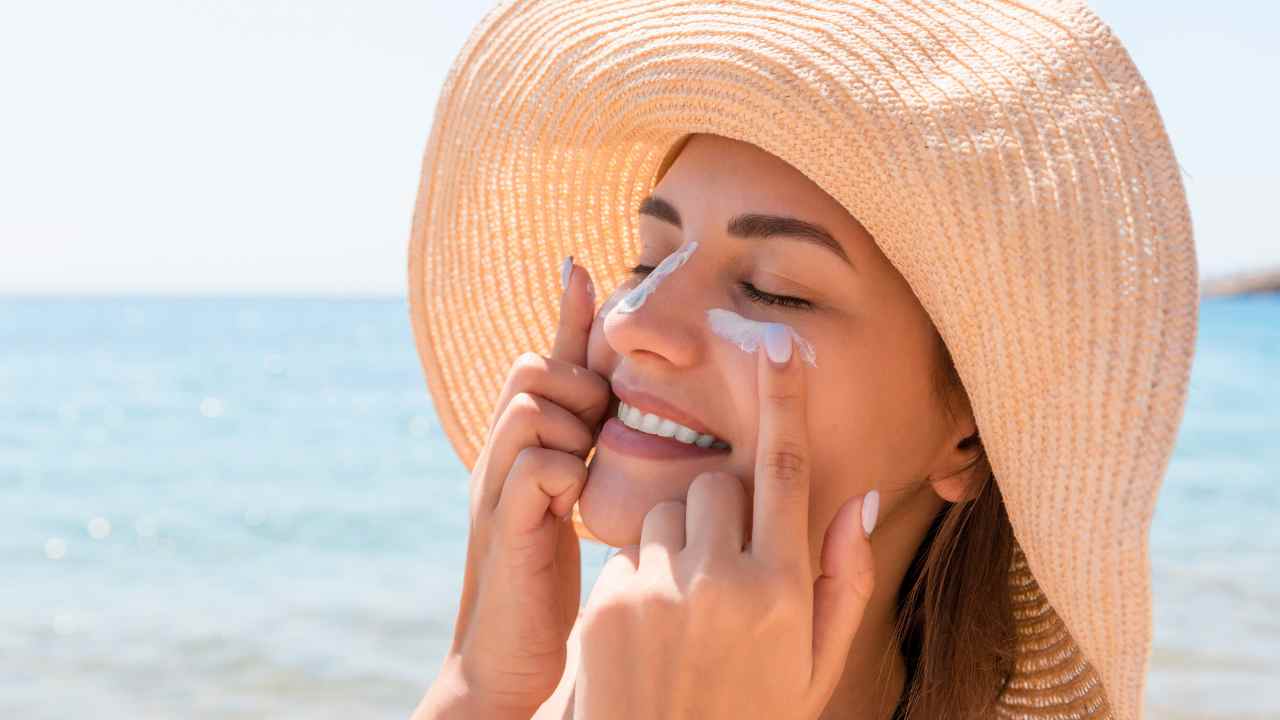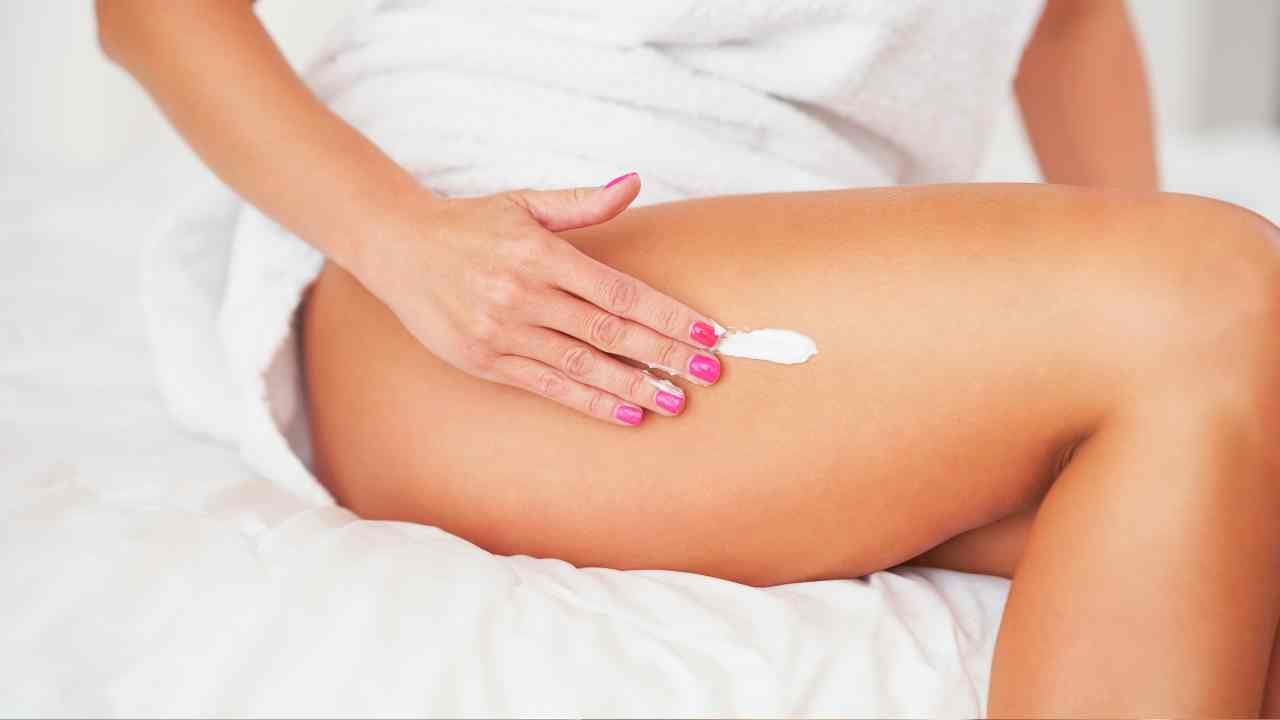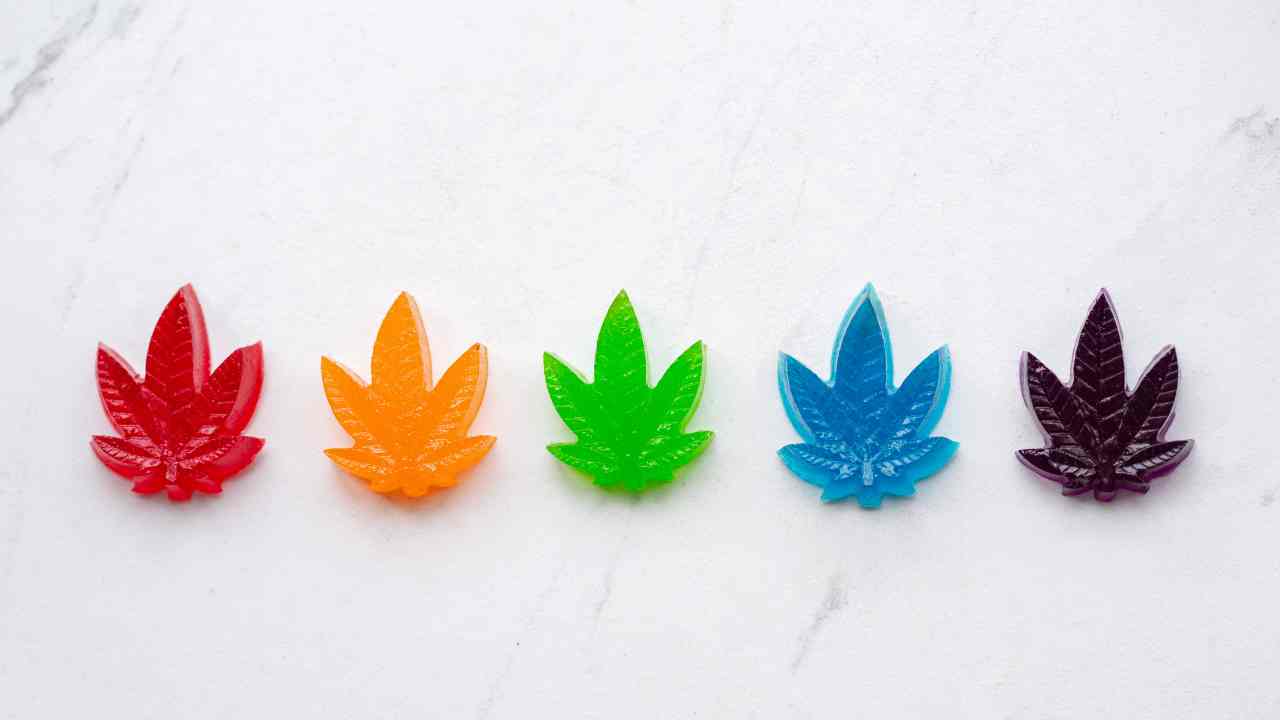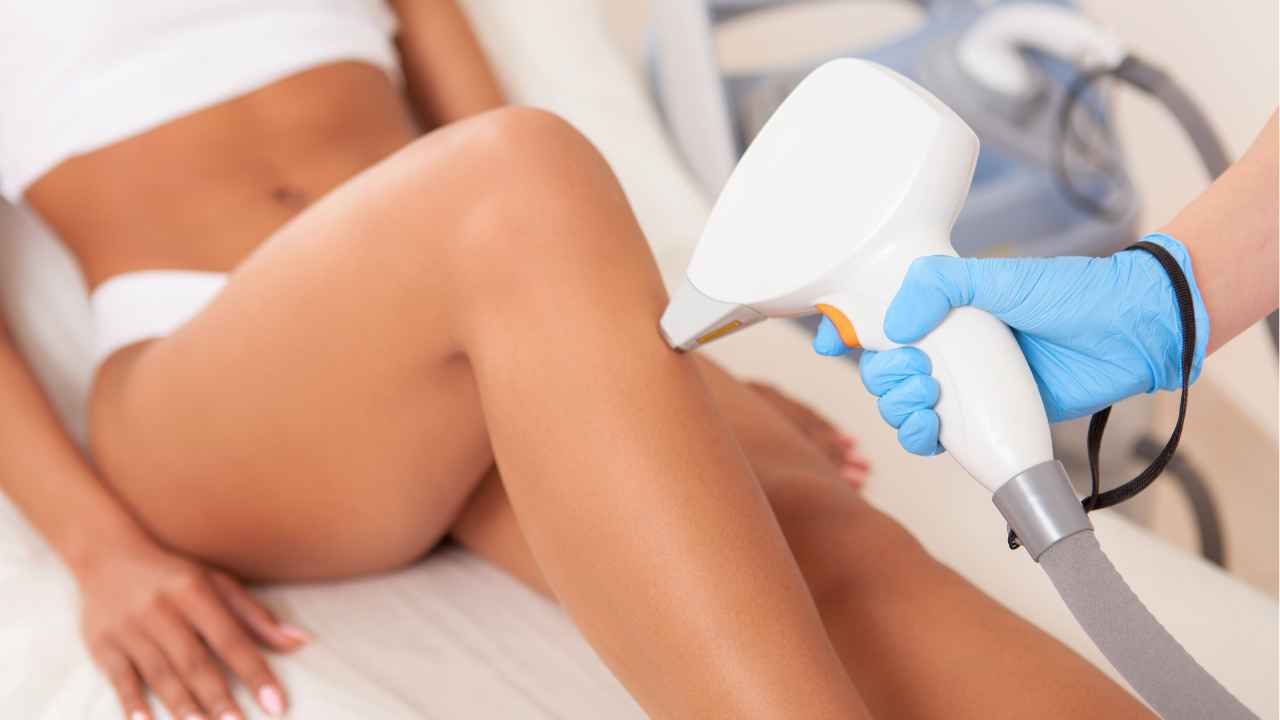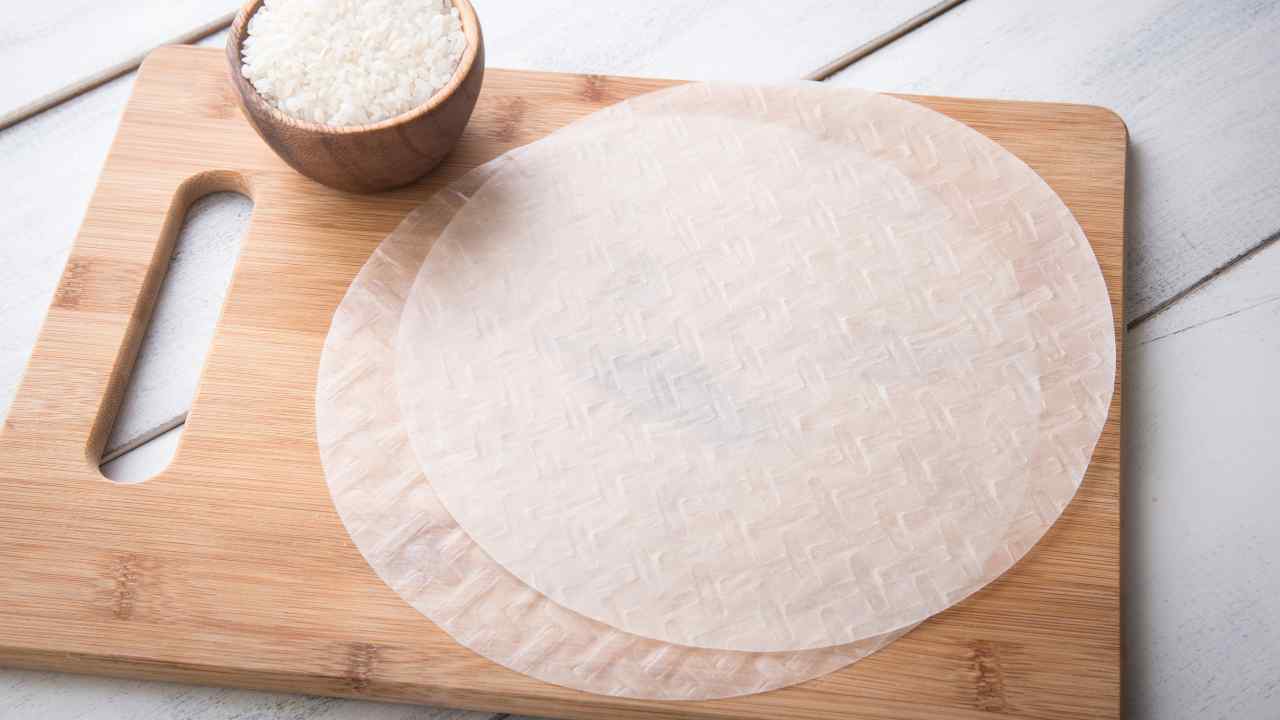
Does Rice Paper Help Acne? Here's How to Make a DIY Mask!
Are you one of those people who wakes up every morning to find a brand new pimple in the middle of your forehead? Don't worry, it's happened to us all!
But what if we told you there was a natural way to help combat acne that you may have never heard about before: rice paper. Yes, believe it or not, rice paper can be used as a DIY facial mask! But can rice paper help your acne? Some dermatologists and social media creators actually say it helps diminish troublesome breakouts.
In this post, we'll explain why spring roll papers are the latest skincare trend for clearing up any blemishes you may have — plus show you how to make your very own DIY rice paper acne mask at home! So grab some rice paper now and let's get started, shall we?
What's Causing Your Acne?
Before we delve into the potential benefits of rice paper masks for acne, it is important to have a solid understanding of the underlying causes of this oh so crappy skin condition.
Acne happens when your hair follicles become clogged with oil, dead skin cells, and bacteria. Hormonal imbalances, genetics, stress, and certain lifestyle and environmental factors can all contribute to the development of acne.
While external factors can exacerbate the condition, the primary causes of acne lie within the body.
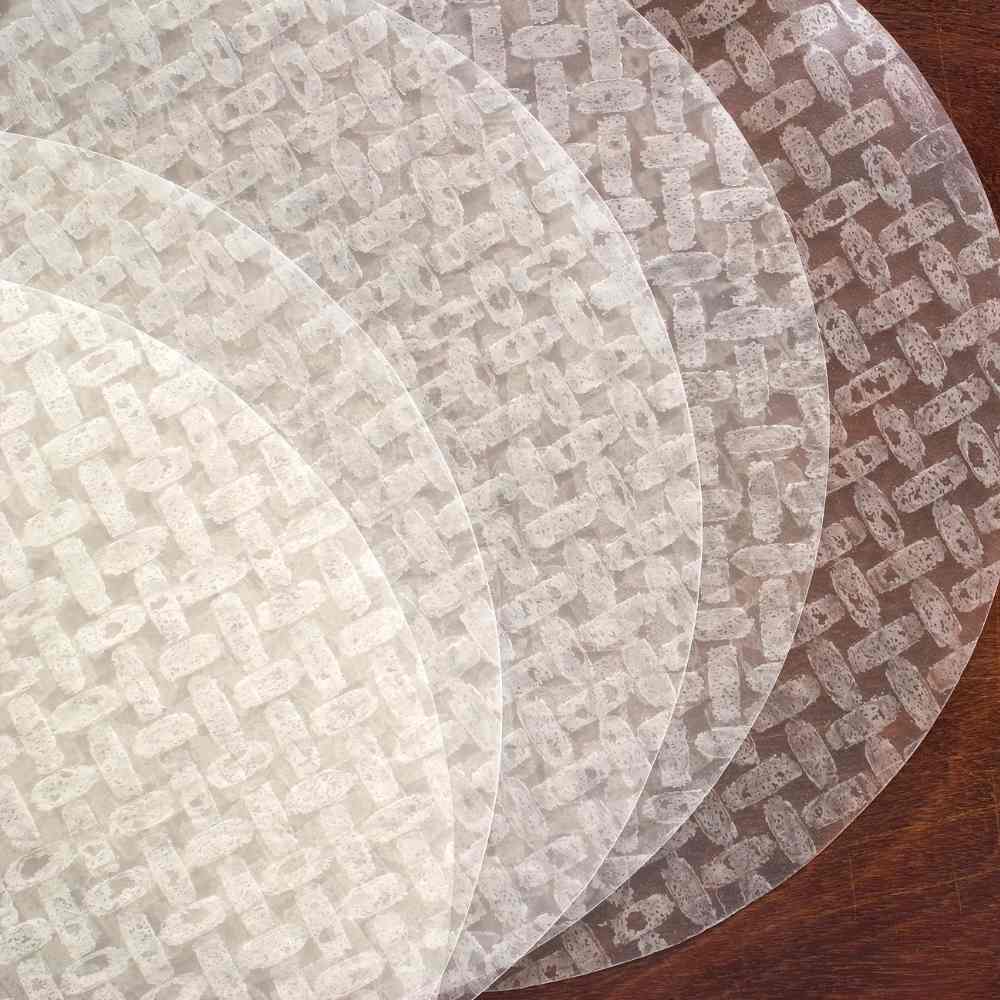
What is Rice Paper?
Rice paper sheets are a type of edible wafer which is made with brown rice flour. The process for making these thin and translucent sheets involves grinding husked rice grain into a fine powder.
This powder is then combined with the other ingredients to make a thick paste that is poured over flat, heated surfaces until it forms a thin sheet upon cooling. This sheet is then cut into rectangular pieces or circles.
One of the most popular uses of these delicate sheets include wrapping various maki rolls such as Vietnamese spring rolls or Chinese egg rolls but they can also be used to decorate desserts like cakes and cupcakes by adding an elegant touch!
Sheets from rice flours also make beautiful edible decorations for all kinds of artisanal dishes from salads to sandwiches - they’re truly versatile!
The origins of rice paper come from China where the earliest record dates back to around 630 AD when it was mentioned in the Yan Fu Lun, an ancient Chinese cookbook. From there, its popularity has spread across Asia and today you can find them available in many countries including Thailand, Japan, Korea and others.
Rice is used not only in masks, but in many other beauty products. Korean skincare is especially known for putting rice in cleansers, toners, essences, moisturizers and serums.
What's So Great About Rice Paper Masks?
Rice paper masks have gained popularity in skincare routines due to their unique properties to the skin and because they're easy to work with.
Plus, this trend has gone wild on social media! Here are some characteristics of rice paper that have people using them for face masks.
Oil Control & Pore Purification
The absorbent properties of rice paper masks make them effective in controlling excess oil on the skin's surface. By absorbing oil and sebum, these rice powder masks can help unclog pores and minimize the risk of acne breakouts.
Regular use of rice paper masks on oily skin may help regulate oil production and reduce shine, promoting a clearer complexion.
Calming & Soothing Effect
Rice paper masks' cooling and soothing properties can help alleviate redness, inflammation, and irritation associated with acne or rosacea.
The gentle touch of these masks can provide relief to inflamed skin, making them a soothing addition to an acne skincare routine or for anyone with sensitive skin.
Hydration and Moisture Balance
Rice paper masks have the ability to deliver moisture to the skin, helping to maintain its hydration levels. Well-hydrated skin is essential for a healthy skin barrier, which can protect against external aggressors and potential acne triggers.
By providing hydration, rice paper masks contribute to the overall health and resilience of the skin.
Dr. Catherine Chang, a board certified plastic surgeon in Beverly Hills, California explains why she's behind this trend in this TikTok:
@catchangmd Somebody said “Its a trick she’s turning us into spring rolls.” 😂 VC: @1l1k3p333
♬ Hotel (Sped Up) - Lawsy
How to Make a DIY Rice Paper Mask
Making a DIY face mask from rice paper is a simple process that can be done using a few basic ingredients and steps. Here's a step-by-step guide to creating a rice paper face mask:
Ingredients:
- Rice paper sheets from the grocery store.
- Liquid of choice (such as water, toner, or herbal tea).
- Optional: Additional ingredients depending on your skin type. For example, honey, aloe vera gel, or essential oils.
Instructions:
1. Cleanse Your Face
Before applying a rice paper mask, start with a clean face. Gently cleanse your skin with a good pore cleanser to remove any impurities, excess oil, and makeup.
Consider exfoliating beforehand to slough off dead skin cells and prepare the skin for better absorption of the mask's benefits.
2. Prepare the Liquid Base
Choose a liquid of your choice to soak the rice paper sheets. Water is a common option, but you can also use toner, herbal tea, or any other suitable liquid.
If you wish to customize your mask, consider adding ingredients like honey, aloe vera gel, or a few drops of essential oils to the liquid base. These additional ingredients can offer additional benefits for your skin.
3. Soak the Rice Paper
Fill a shallow dish or bowl with the liquid base. Take one sheet of rice paper and immerse it in the liquid for a few seconds until it becomes pliable and softens. It's important not to over-soak the rice paper as it can become too delicate and difficult to handle.
4. Apply the Rice Paper Mask
Carefully remove the softened rice paper from the liquid and gently unfold it. Apply the rice paper sheet onto your clean face, aligning it with your facial contours. Smooth out any air bubbles or wrinkles to ensure good contact with the skin.
If you only want to apply the rice paper to certain parts of your face, you can cut it into custom sizes prior to soaking.
5. Customize & Enhance the Mask (Optional)
If you want to enhance the benefits of the rice paper mask, consider applying additional ingredients to specific areas of your face. For example, you can add a thin layer of aloe vera gel to soothe irritated skin. Customize the mask according to your skin's needs and your desired skincare goals.
6. Relax & Let It Dry
Once the rice paper mask is applied, find a comfortable position and allow the mask to dry on your face. This typically takes around 15-20 minutes. As the mask dries, it will start to adhere to your skin, creating a firm yet flexible layer. Take this opportunity to relax and unwind.
7. Remove and Rinse
When the mask is completely dry, gently peel it off from your face. If you find it difficult to remove, you can moisten the mask with a bit of water to soften it before peeling it off. If desired, you can rinse your face with lukewarm water after removing the mask to ensure no residue remains on the skin.
8. Follow with Skincare Routine
After removing the mask, proceed with your regular skincare routine. Apply a moisturizer suitable for your skin type to lock in hydration and follow up with any targeted treatments or serums you normally use.
If you experience oily skin throughout the day, you can also try blotting paper made from rice to absorb oil. These rice paper blotting tissues work great to help absorb excess oil on the go without messing up your makeup.
Oil blotting sheets come in different textures and absorbencies so try a couple out until you find one that works for you.
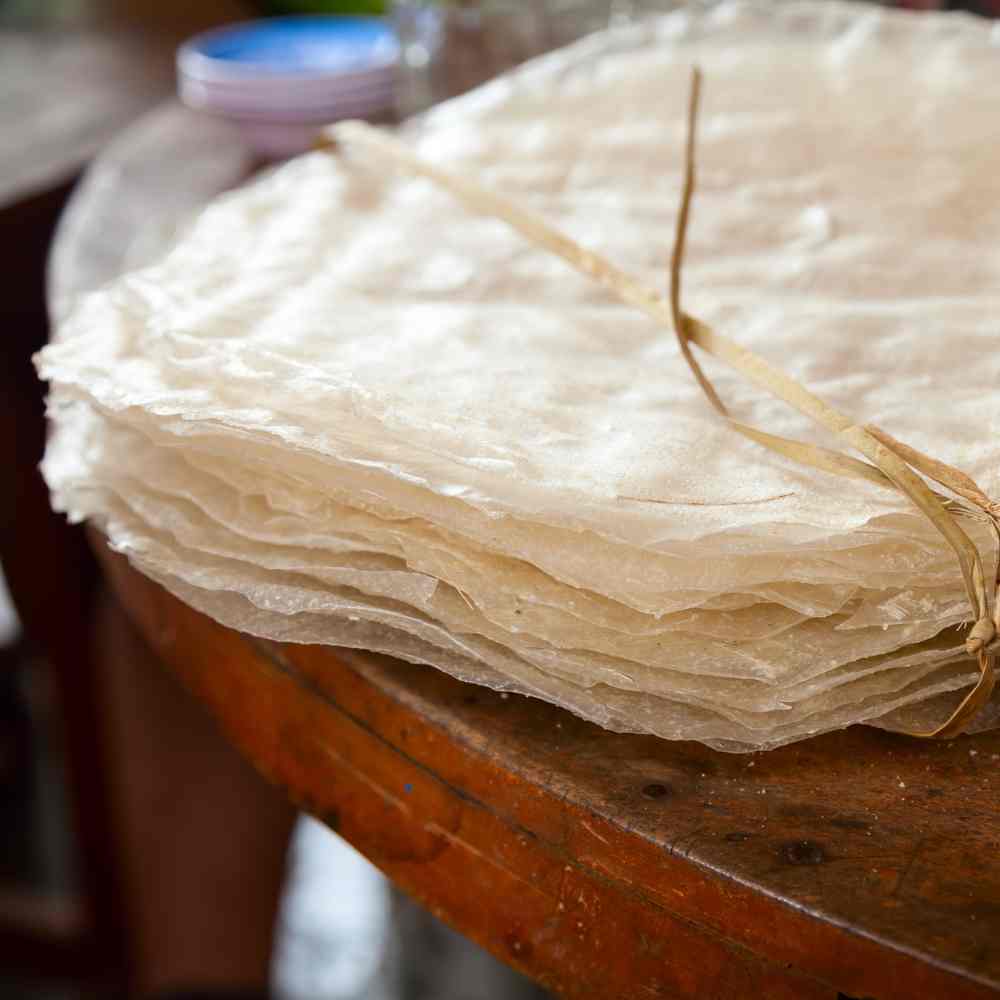
Don't Forget the Patch Test
It's important to perform a patch test before applying the rice paper mask to your entire face, especially if you have sensitive or reactive skin. This helps ensure that you do not have any adverse reactions to the ingredients used.
By following these steps, you can create a customized rice paper face mask to enjoy the potential benefits it offers for your skin.
Remember to incorporate the mask into your skincare routine as needed and adjust the frequency based on your skin's response and individual preferences.
Rice Paper, Not Just for Rolls
Rice paper masks are definitely worth a try for those with acne-prone skin. These DIY masks have a range of benefits, from providing soothing properties to increasing hydration levels.
Treating acne is very individualistic, so while rice masks can provide an enjoyable and pampering experience, addressing the underlying causes of acne, such as hormonal imbalances and lifestyle factors, is essential for long-term acne management.
A holistic approach that combines a healthy lifestyle, proper skincare habits, and targeted acne treatments will yield the best results in achieving and maintaining clear, healthy skin.
Further, rice face masks should be considered alongside other skincare necessities such as cleaning and exfoliating.
So why not try out the fun of wearing a rice paper mask? If nothing else, you'll have stories to tell your friends or a fun TikTok video to share. Experiencing something new can be an exciting journey, so go ahead and give this homemade sheet mask a shot!



